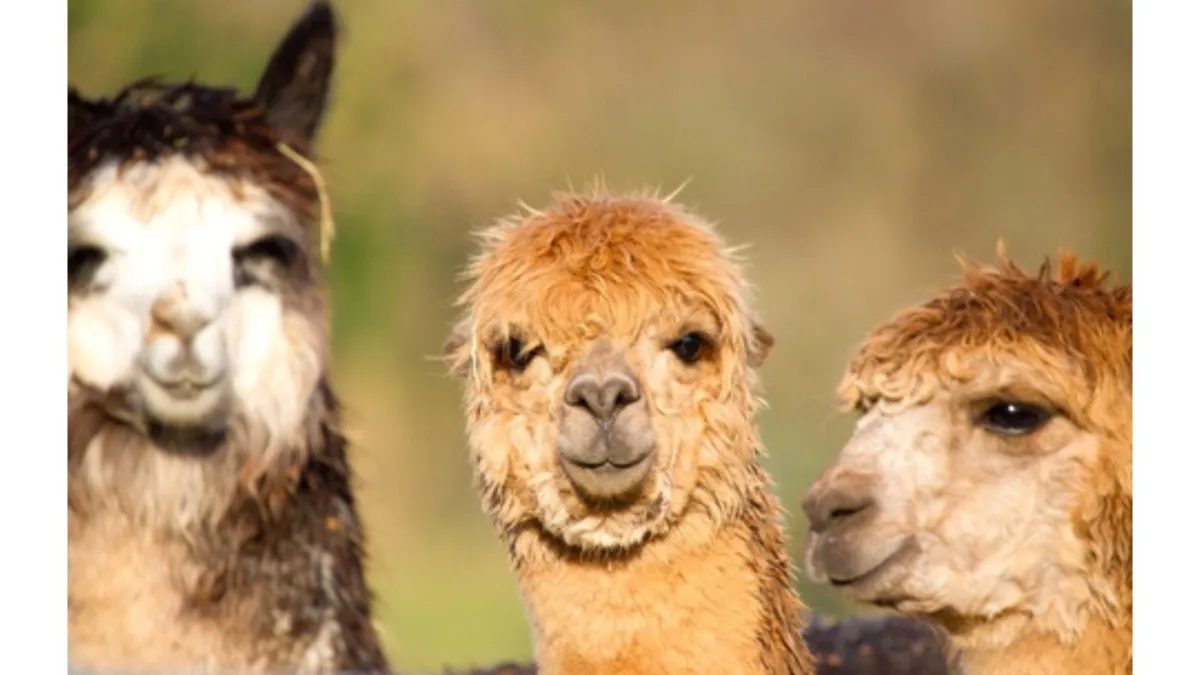
A Useful Aid for Alpaca Farmers – the Code of Welfare for Camelids: Part One
The Code of Welfare: Llamas and Alpacas (2018, revised March 2025) applies to all South American camelids in New Zealand, including alpacas, llamas, guanacos, and crossbreds. It sets out minimum legal requirements alongside recommended best practices to support animal welfare and good husbandry.
This summary covers the core standards and key recommendations most relevant to lifestyle farmers. For a more practical overview of day-to-day care, check out our Alpaca Health & Husbandry course designed specifically for small-scale camelid keepers.
Nutrition and Water Requirements
Camelids over two years old should maintain a body condition score of at least 3. Those scoring 5 need to be put on a controlled diet.
Grains and other easily fermented carbohydrate feeds are not recommended.
Lactating females, weaned cria, and camelids in hot conditions have higher water requirements than other livestock.
All camelids must receive sufficient daily food and clean drinking water to maintain health and meet their physiological needs.
Any camelid with a body condition score of 2 or less must be given immediate remedial care.
Shelter and Shade Requirements
Camelids must have access to shelter during cold or wet weather.
Shade or other forms of protection must be provided during hot weather to prevent heat stress.
Cria must be born into conditions that offer protection from harsh weather.
If animals develop health issues after exposure to weather extremes, owners must take steps to minimise the effects.
Shearing Guidelines
Camelids are typically shorn while restrained in a cush position. One person should handle the head while the other shears.
To reduce stress, the process should be quick, calm, and efficient.
Shearing should avoid periods of cold, wet weather unless shelter and additional feed are provided.
A cover comb may be used to retain some fibre for insulation.
All cuts sustained during shearing must be treated immediately.
Protection against sunburn may be needed for recently shorn animals.
Safe Handling and Mustering
Camelids must be handled calmly and without force.
Do not use vehicles, dogs, or electric prods for mustering.
Distressed animals may need 20–30 minutes to settle in yards before handling.
Camelids must never be pulled or lifted by the ears, fleece, neck, or tail.
They should not be moved in ways that cause exhaustion, stress, or injury.
Restraint and Fencing Standards
Electric fencing must be designed to prevent entanglement, with low wires and close tape spacing.
Camelids should not be kept alone. Social contact is important.
Restraint methods such as halters or ropes must be designed for camelids and used only under supervision.
Tethering is only acceptable for calm, trained animals and should never be left unsupervised.
Electro-immobilisation devices are banned.
Next in the Series
Part Two will focus on health management and painful procedures.
Part Three will cover transport, emergencies, and recordkeeping.
You'll also find interesting and practical information about farming alpacas elsewhere on the website. In particular, there is a series of five articles about alpaca behaviour, their health and disease, management, and breeding.

